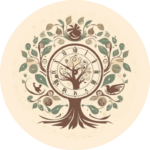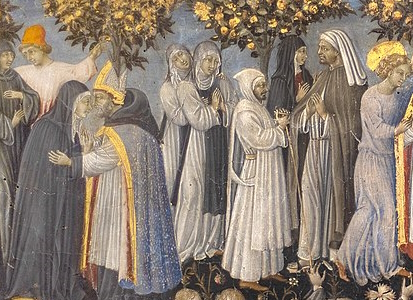Imagine you are the ruler of an Italian city in the Renaissance; your husband has been murdered and your children were taken hostage by your political enemies, who hope to take control of your fortress. Yet the people inside are still loyal to you and are not surrendering. So, leaving your children with your enemies, you go inside the castle, …
5 More Brazilian Women Who Changed History
Have you ever heard of Anita Garibaldi, the Brazilian revolutionary fighter called the ‘heroine of two worlds’; or Clarice Lispector, the modernist author who was born in Ukraine and raised in Brazil, and who wrote some of the most haunting novels you will ever read…? Well, after the fantastic response to my first text about remarkable Brazilian women, I couldn’t …
Green Sickness: A Historical Look at the ‘Disease of Virgins’
Imagine that it’s 1554, and you’re the father of a young girl who is unwell. You write to a friend of yours, who is a physician, describing her symptoms, which include her being ‘pale, as if bloodless’. And this is the reply you get: The doctor continues, writing that the ancient Greek physician Hippocrates suggests that So… the solution for …
5 Brazilian Women Who Changed History
Have you ever heard of Dandara, the Afro-Brazilian warrior who was a leader in the fight against slavery? Or of Maria Quitéria, the ‘Brazilian Joan of Arc’? If you haven’t, you’re not alone. Like her, so many incredible women in Brazilian history have been erased from the historical narrative for centuries, whether they were soldiers, artists, or writers. Luckily, that …
Veiled Truths: Scandal and Mystery in a Renaissance Convent
Can being possessed by the devil ever be a good thing…? Well, for a 17th-century Italian nun who claimed to have seen Jesus Christ, plus literally marrying him, it kind of was. Plus it helped with all the accusations of her having sex… with another nun. Let me tell you a story. The story of Sister Benedetta Carlini, sometimes described …
What Made a 17th-Century Midwife Good at Her Job?
Percivall Willughby (1596–1685) despised the midwives of his time. In his 1670s book, Observations in Midwifery, he intended to ‘inform the ignorant common midwives’, whose brutal methods were responsible for so many deaths – according to him.
The ‘Queen of Hysterics’ and 19th-Century Theatrical Hysteria
Everybody was talking about hysteria in late 19th-century Paris. Hysterics appeared in novels and plays; they were painted, photographed, sculpted and drawn. People crowded the Salpêtrière Hospital in Paris to attend demonstrations and lectures on hysterics given by the world-renowned neurologist Jean-Martin Charcot (1825-1893), and to gaze at his star patients. Who could resist admiring the ‘queen of hysterics’, the beautiful Blanche Wittmann (1859-1913), her face relaxed and insensible as she was pierced with needles by doctors, to demonstrate how she couldn’t feel any pain?
‘Holy Anorexia’: The Fascinating Connection between Religious Women and Fasting
Social media might make it seem like fasting (and especially intermittent fasting) is something new. But fasting – voluntarily or not – has arguably existed for as long as humans have. People have abstained from food throughout history for many different reasons, not least of which scarcity of nourishment (think of hunter-gatherers during a harsh winter).
‘Follow what I say’: Isabella Cortese and Early Modern Female Alchemists
ow would you go about learning alchemy? Well, I would start by making a list of alchemists whose work I should read. Then, I would do a lot of reading. That might seem unimaginative – and it is – but, for centuries, that’s how people learned alchemy. Of course, they would eventually go to their laboratories or kitchens and try things out in practice. But reading was essential.
- Page 2 of 2
- 1
- 2










